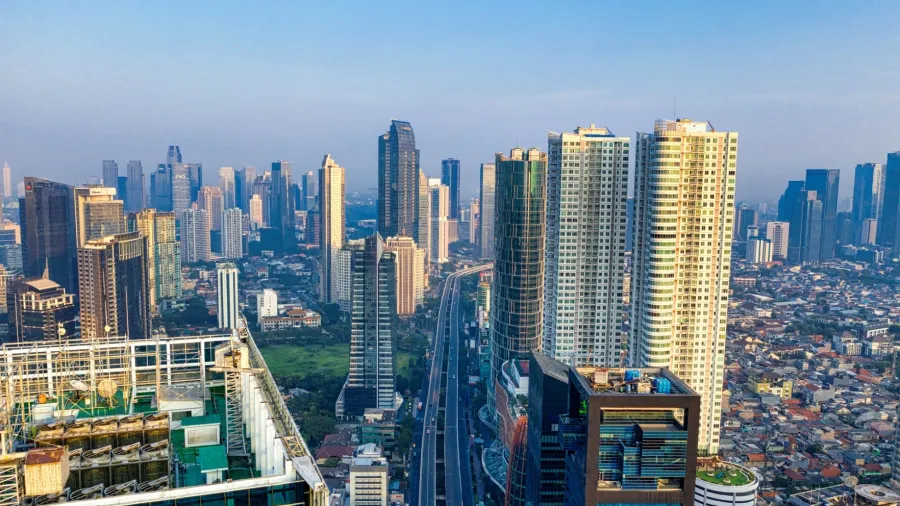
Indonesia’s big four banks’ asset qualities remain under pressure in 2022
The banks’ credit costs are sighted to remain elevated.
Indonesia’s four biggest financial institutions—PT Bank Negara Indonesia (BNI), PT Bank Rakyat Indonesia (BRI), PT Bank Mandiri, and PT Bank Perusahaan Pengelola Aset (PPA)—are expected to remain under pressure over the next 12 to 18 months due to the ongoing pandemic-related strains, according to S&P Global Ratings.
Bank BNI’s capital position is expected to provide an adequate cushion against high credit losses.
Bank Mandiri’s credit costs, meanwhile, are expected to stay elevated in 2022 as the pandemic weighs on its earnings.
The bank also faces an elevated, although declining, level of non-performing assets. But its strong capital buffers and good liquidity cushions should meet short-term obligations, according to S&P.
Of the four banks, Bank BRI benefits from superior earnings compared to its peers, thanks to its sizeable exposure in the high-yielding microfinance segment. The bank also reportedly has strong capital buffers to absorb moderate risks from “tough” macroeconomic conditions, according to S&P.
However, Bank BRI’s higher credit costs relative to its peers will exert pressure over the next 12 months as COVID-19 continues to be prevalent in Indonesia.
Bank PPA’s advantage is that it has a high likelihood of receiving government support should it face financial distress, thanks to being a government-related entity.
On the other hand, Indonesia's outlook souring also affected Bank PPA, especially given its role as a distressed state-owned enterprise (SOE) manager.
The bank was also noted for its material exposure to riskier SOEs and high reliance on wholesale funding sources including bank loans and bonds.
“We expect [Bank] PPA to expand its balance sheet and funding sources as part of its transformation into a more diversified financial services firm, whilst maintaining adequate capitalization over the next 12-18 months,” S&P wrote in its report.


















 Advertise
Advertise








